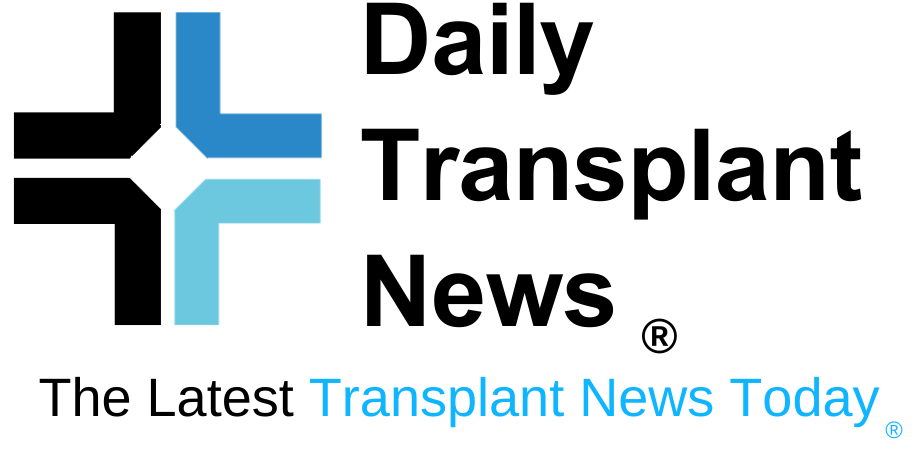Hematopoietic stem cell transplantation (HCT) and cell therapy offer lifesaving potential for individuals facing hematologic malignancies, bone marrow failure syndromes, some autoimmune diseases, and certain solid tumors. However, a variety of social vulnerabilities, including socioeconomic status, race, culture, and geography, significantly impact access to these important procedures.1-8 Other important factors that influence access include insurance coverage, associated costs (copays, transportation, housing costs, time away from work), oncologist referral knowledge, donor status, and caregiver status. These include support, patient comorbidities, health literacy, and personal beliefs. There is growing interest in the HCT and cell therapy communities to address these potential barriers to transplantation.
Of note, recent advances in access to allogeneic (allo) HCT have focused on improving alternative donor transplantation methods, including haploidentical and mismatched unrelated transplants. Posttransplant cyclophosphamide integration produced results comparable to matched unrelated donor transplants.9 This is critical because the distribution of potential donors in the National Bone Marrow Donor Program (NMDP) registry is uneven, with large differences by ethnicity. Evidence from one study shows that white European patients have a 75% chance of finding an exact human leukocyte antigen (HLA) match (8/8) in the NMDP registry, compared to black patients of South American or Central American descent. It turns out that only 16% of .Ten With the use of alternative donors, more than 95% of patients have at least one HLA haploidentical first-class donor.11
A further barrier to alloHCT is related to the location of transplant centers, especially considering the long stay of patients and their caregivers during the transplant process. Although there are 229 transplant centers in the United States (185 adult and 111 pediatric), these centers are particularly concentrated on the East Coast, creating significant challenges for patients living in rural areas. It becomes.7 Although 66% of the population lives within 60 minutes and 94% within 3 hours of travel time, the burden of frequent post-transplant visits combined with unaddressed housing and uninsured care costs , is a major financial barrier for many people.
While some patients may have potential donors and easy access to transplant centers, another significant problem is the lack of referrals for transplant evaluation. Some existing databases used to analyze disparities, whether intra-institutional or national (e.g., International Center for Blood and Marrow Transplant Research), primarily focus on patients who have undergone HCT; Individuals with unevaluated diseases who could benefit from transplantation are being ignored. .1 A recent prospective study by Scott et al. of 778 patients with high-risk myelodysplastic syndromes or acute monocytic leukemia (AML) enrolled in the Connect Bone Marrow Disease Registry and treated in community and academic facilities. Transplant referral patterns were evaluated.12 Data from this study showed that more patients were considered potential candidates for transplantation at academic facilities compared to community facilities (43.9% vs. 27.9%; P < .0001), multivariate analysis demonstrated that ineligibility was based on age or comorbidities. In this study, 20% of patients were not evaluated for transplant eligibility at all.
The aging of the population is of particular interest in the transplant community. According to data from the International Center for Blood and Marrow Transplant Research (CIBMTR), more than 40% of patients who receive allogeneic transplants in the United States are over the age of 60.13,14 Artz et al. examined the preferred postremission consolidation therapy (allogeneic HCT versus consolidation chemotherapy) for older adults with AML in first complete remission (CR1). Outcomes were initially worse in the allogeneic HCT group but improved over time. Overall survival for patients who received HCT was inferior during the first 9 months post-transplant compared to patients who did not receive HCT (HR, 1.52; P= .02). Conversely, from year 5 onwards, patients who received allogeneic HCT had improved overall survival (28.6% vs. 13.8%; HR, 0.53; P< .0001).14,15 These data highlight the importance of transplant referral for patients of all ages with potentially qualifying diagnoses.
Recent efforts also aim to expand access to patients with active or measurable residual disease.
These efforts include clinical trials using new targeted conditioning approaches, engineered cell therapy products, and targeted radiation approaches.
A favorable outcome is possible and referral to a transplant center should be considered.
Barriers to accessing bone marrow transplantation and cell therapy are complex and multifaceted. Addressing these requires collective efforts to ensure equitable access and improved outcomes for all eligible patients, taking into account social, economic, and geographic factors.
Dr. Amanda Blackmon is a clinical assistant professor in the Department of Hematology and Hematopoietic Cell Transplantation, Division of Leukemia, City of Hope Comprehensive Cancer Center, Duarte, California. Dr. Idoroenyi Amanam is an assistant professor in the Department of Hematology and Hematopoietic Cell Transplantation, Department of Leukemia, City of Hope Comprehensive Cancer Center, Duarte, California.

